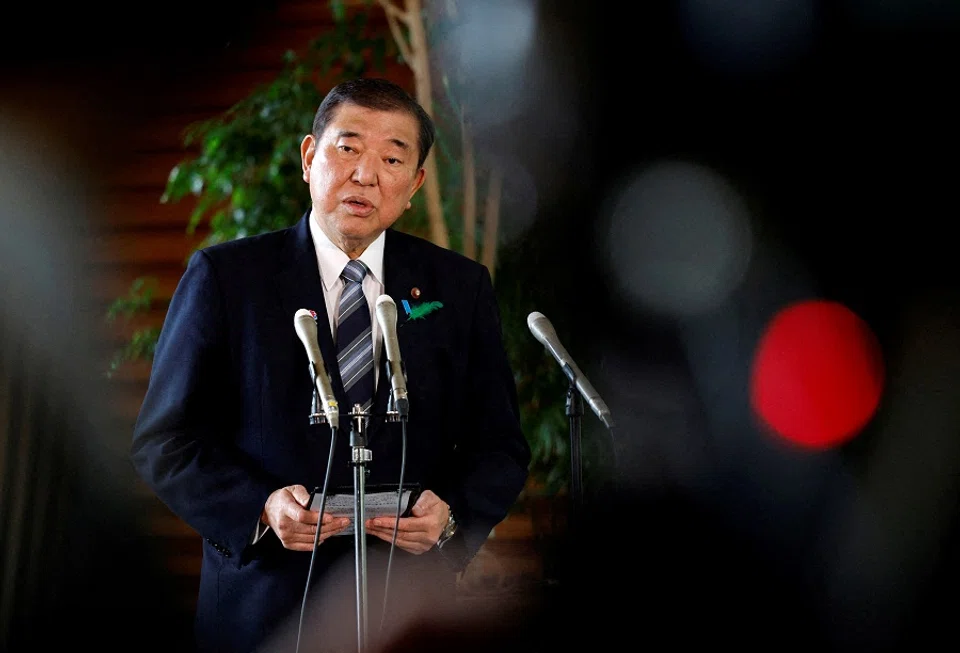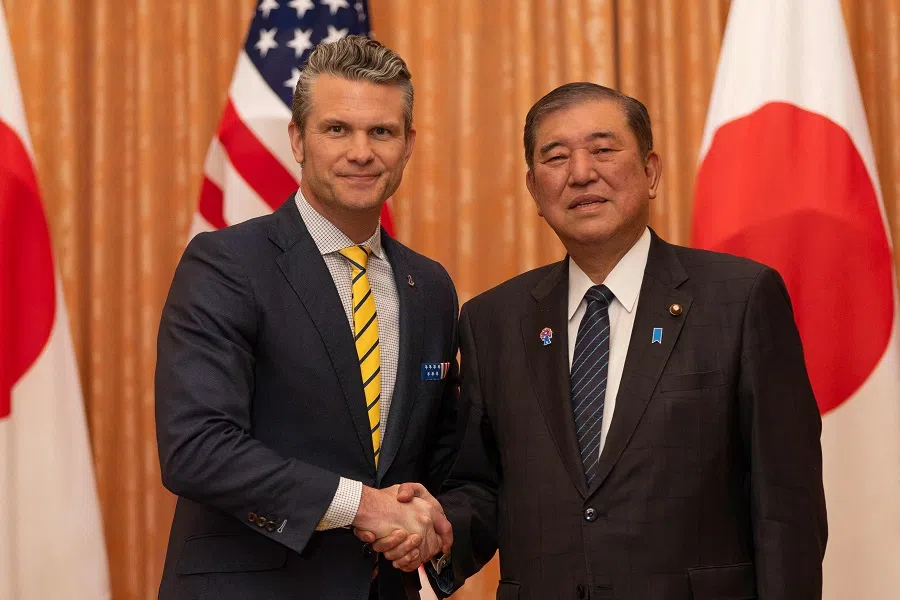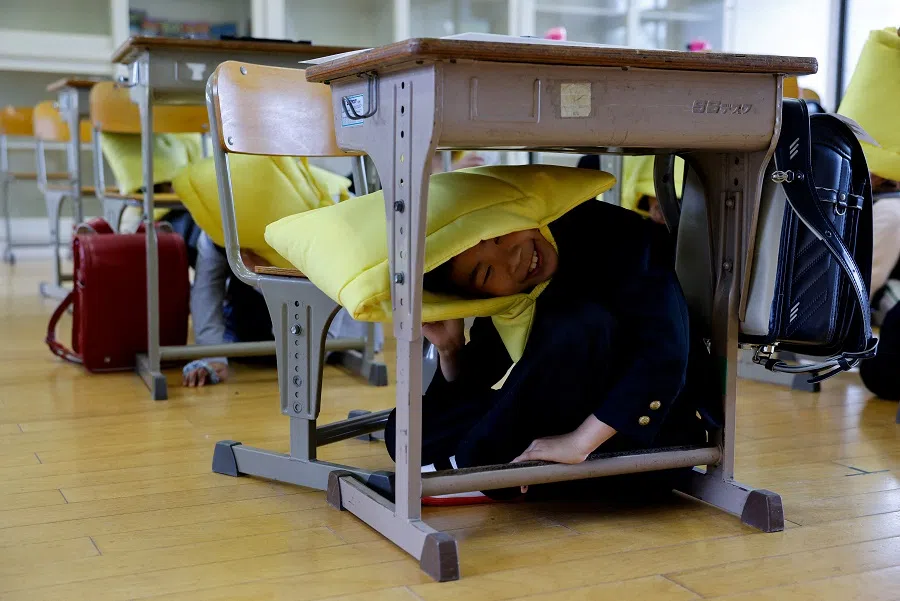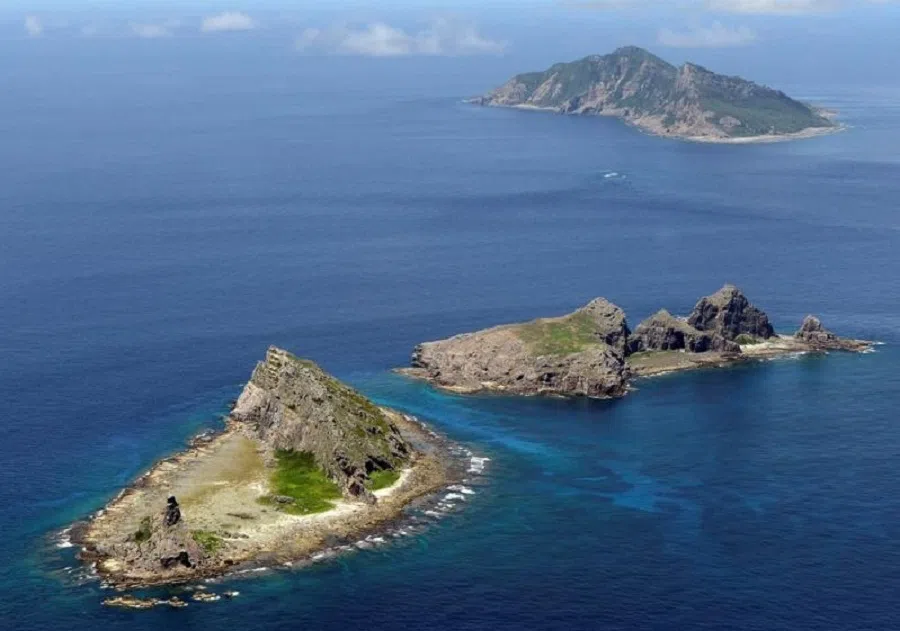Travel warnings and sea tensions: The uneasy pulse of Japan–China relations
Japan-China relations are currently not as friendly as they might be, with some back and forth on various issues. Japanese academic Shin Kawashima looks at points of contention and disagreement.

In October 2024, the Shigeru Ishiba administration came to power in Japan. Ishiba holds deep respect for Kakuei Tanaka, who normalised diplomatic relations between Japan and China in September 1972, and admires Tanzan Ishibashi, who during the Cold War worked to establish friendly relations with socialist countries. This suggests that the Chinese side may view Ishiba as a different kind of politician than more conservative figures, such as Shinzo Abe.
Notably, on the Taiwan issue, Ishiba’s stance differs from that of the former Abe faction. He has not declared that “a Taiwan emergency is a Japanese emergency”, and he also has reservations about the US-Japan Status of Forces Agreement (SOFA), which pertains to bilateral security arrangements. These may be factors that have led China to view him favourably.
Japan’s diplomacy between the US and China
From the outset, the Ishiba administration has also placed importance on dialogue with China — inter-party exchanges between Japan’s Liberal Democratic Party (LDP) and the Chinese Communist Party (CCP), as well as exchanges between lawmakers, have resumed. Given that the Trump administration has adopted a hardline stance even toward allies, China may see this as an opportunity to drive a wedge between Japan and the US.
... it can be said that Taiwan has been given priority in areas such as personnel assignments and budgeting. In recent years, there have also been more parliamentary visits to Taiwan.
However, the Japan-US summit in February 2025 revealed that Ishiba actually emphasised the importance of the Japan-US security alliance and a “Free and Open Indo-Pacific”. Of course, the issue of tariffs has strained Japan-US relations, but it has not immediately affected the bilateral alliance.
As for Taiwan relations, while the Prime Minister’s Office and the Ministry of Foreign Affairs — both pillars of the Ishiba administration — have not introduced concrete Taiwan-related policies, it can be said that Taiwan has been given priority in areas such as personnel assignments and budgeting. In recent years, there have also been more parliamentary visits to Taiwan.

Overall, China has not been entirely disappointed with the Ishiba administration. However, it also cannot afford to take a purely hardline stance against Japan, given the importance of their relationship.
This is partly due to strategic considerations intended to drive a wedge between the US and its allies. At the same time, as reflected in the Central Conference on Work Related to Neighbouring Countries held in April 2025, China is seeking to strengthen its diplomatic engagement with neighbouring states amid mounting foreign policy challenges. Japan is therefore both a target of China’s wedge strategy and a focal point of its regional diplomacy.
Originally, China’s foreign policy was grounded in the framework of long-term “competition” with the US. Since America is supported by its allies, adopting a tough stance toward them has long been a consistent feature of China’s approach.
... the Chinese embassy in Japan issued a warning about a possible earthquake in Japan — a rumour that began with a Japanese manga, and a Hong Kong feng shui master.
Battle of travel advisories and warnings
Under these circumstances, Japan-China relations have taken on a mixed pattern of the soft and tough approach. During a visit to China by the Japan-China Friendship Parliamentarians’ Union, Japanese lawmakers expressed the intention to encourage more exchanges between the younger generations of both countries. Indeed, the number of Chinese tourists visiting Japan has shown an upward trend.
However, just before the early May holiday period, on 14 April, the Chinese embassy in Japan issued a warning about a possible earthquake in Japan — a rumour that began with a Japanese manga, and a Hong Kong feng shui master.

Then on 17 April, the embassy released information on the situation in Japan, citing a string of incidents including a series of random killings, attacks targeting young women, a norovirus outbreak, and a rise in theft and telecom fraud cases, with Chinese nationals the constant victims. The embassy also urged Chinese visitors to Japan to take extra precautions to ensure personal safety and food hygiene. These warnings quickly spread across Chinese social media platforms.
Meanwhile, on 22 April, Japan’s Ministry of Foreign Affairs issued a safety advisory on its official website, which could be seen as implying a decline in public security conditions in China. The advisory also recommended that schools carefully evaluate safety risks before deciding to send students on study trips to China.
While such travel warnings are not uncommon, it seems somewhat odd that both governments issued these negative advisories at a time when their lawmakers were simultaneously advocating for increased bilateral exchanges, including in the tourism sector.
This means that all the buoys surrounding Japan have been removed. However, this should not be interpreted as a signal of improved bilateral relations.
Buoys removed, tensions remain
There has also been extensive reporting on maritime issues. In July 2023, China installed a large buoy within Japan’s exclusive economic zone (EEZ) near the Senkaku Islands (known in Chinese as the Diaoyu Islands) in the East China Sea. Japan requested its removal, and China ultimately dismantled the buoy in February 2025.
Later, in December 2024, China set up another large buoy in waters near Yonaguni Island, Japan’s westernmost territory. Japan again requested its removal, and China relocated the buoy on 28 May 2025. Just before that, on 26 May 2025, a Chinese marine research vessel was conducting a scientific survey in Japan’s EEZ near Japan’s southernmost Okinotori islands. After receiving a warning from Japan’s Coast Guard, the Chinese vessel exited the EEZ.

This means that all the buoys surrounding Japan have been removed. However, this should not be interpreted as a signal of improved bilateral relations. In May 2025, a Chinese Coast Guard helicopter intercepted a Japanese civilian aircraft as it approached the Senkaku Islands. This was unheard of, and Japan lodged a strong protest. There is no doubt that both countries have different views of the incident, but it also means that China’s actions were unprecedented.
As outlined above, it is too soon to say that Japan-China relations have improved. However, it is also clear that bilateral ties have not worsened significantly, as both sides are employing a mix of soft and tough approaches in their policies.
While there are currently some signs suggesting that Japan-China relations may be moving in a more positive direction, these signs are not sufficient to reverse the overall trajectory of the relationship. It would be more accurate to say that relations remain tense.





